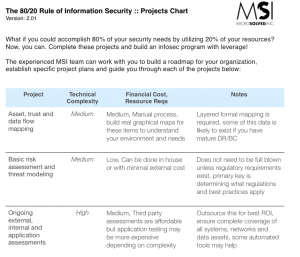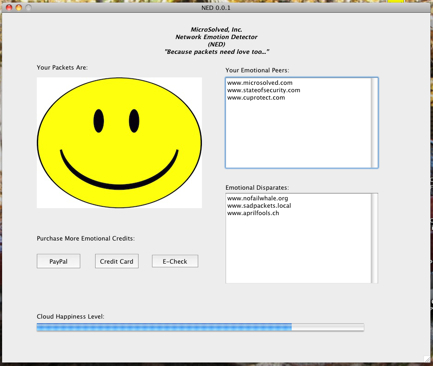This week, our team had the opportunity to test Google’s recently released web application scanner known as SKIPFISH. Touted as an active reconnaissance tool, SKIPFISH claims to present an interactive site map for a targeted site by performing a myriad of recursive crawls and discretionary based probes. The map is then notated with the output of several active security checks which are designed to be non-disruptive. SKIPFISH isn’t a replacement for Nessus, Nikto, or any other vulnerability scanner which might own your allegiance. Instead, this tool hopes to supplement your current arsenal.
SKIPFISH boasts high performance- “500+ requests per second against responsive Internet targets, 2000+ requests per second on LAN / MAN networks, and 7000+ requests against local instances have been observed, with a very modest CPU, network, and memory footprint.” To that end, the test used for our evaluation saw a total of more than 9 million HTTP requests over 3 days using the default dictionary included with the tool. While this test was conducted, there was no interruption of the target site although response times did increase dramatically.
The scan’s result provides a huge directory of files that are fed into index.html. When called by the web browser, this report turns out to be easily readable and comes with pointy-clicky goodness, thanks to a plethora of JavaScript (so be sure you’re allowing it to be seen). The report lists each page that was interrogated during the scan and documents server responses (including errors and successful replies), identifies possible attack vectors (such as password entry fields to brute force), along with other useful tidbits for each. Following the breakdown by page, SKIPFISH provides a list of document types (html, js, PDF, images, and various text formats) and their URLs. The report closes with an overview of various issues discovered during the scan, complete with severity ratings and the URL of the finding.
All in all, this tool has potential. It’s certainly not going to replace any of the other tools in our Web Application Assessment toolkit, but it is a good supplement and will most likely be added to give more information going forward. It is very user friendly, despite the time it took to scan the target site with the default dictionary. This in itself tells our team more testing is necessary, not to mention the fact that there are several options that can enhance functionality of the tool. With the sheer number of exploits and attack vectors available in web applications today, it can never hurt to get a different look at the application using a number of tools. And in this tech’s opinion, redundancy is good in that it shows the stability of our findings across the board.


